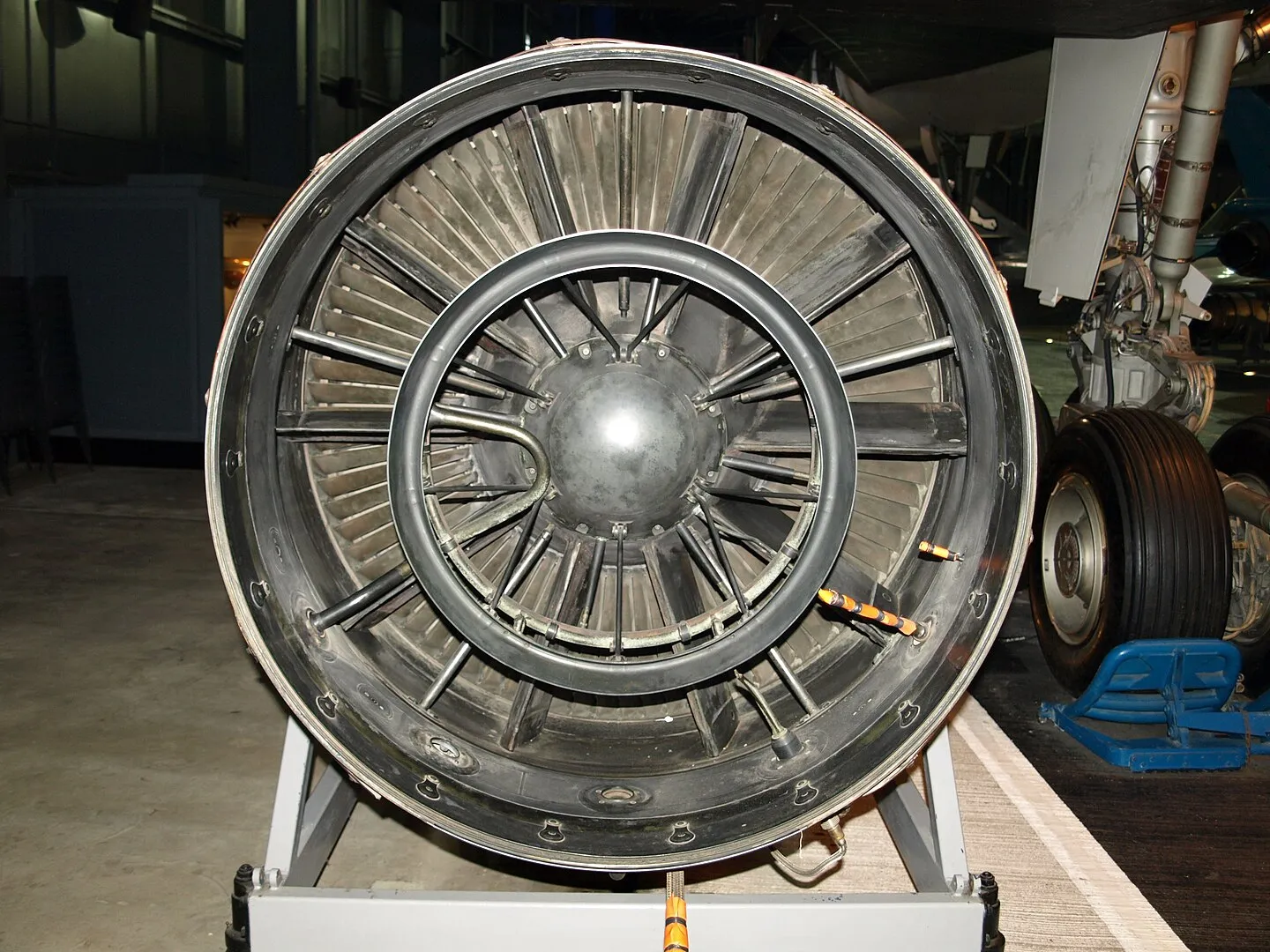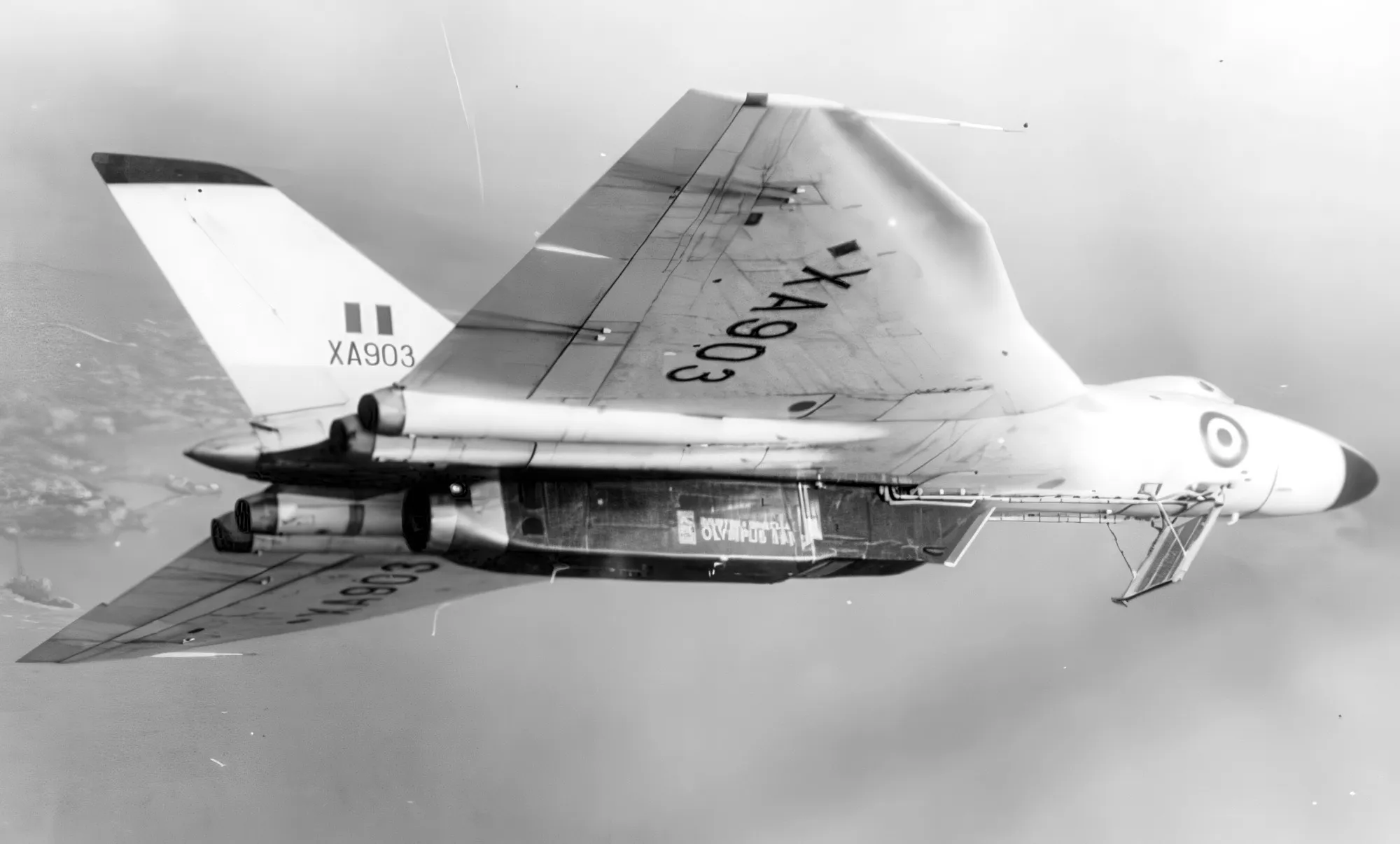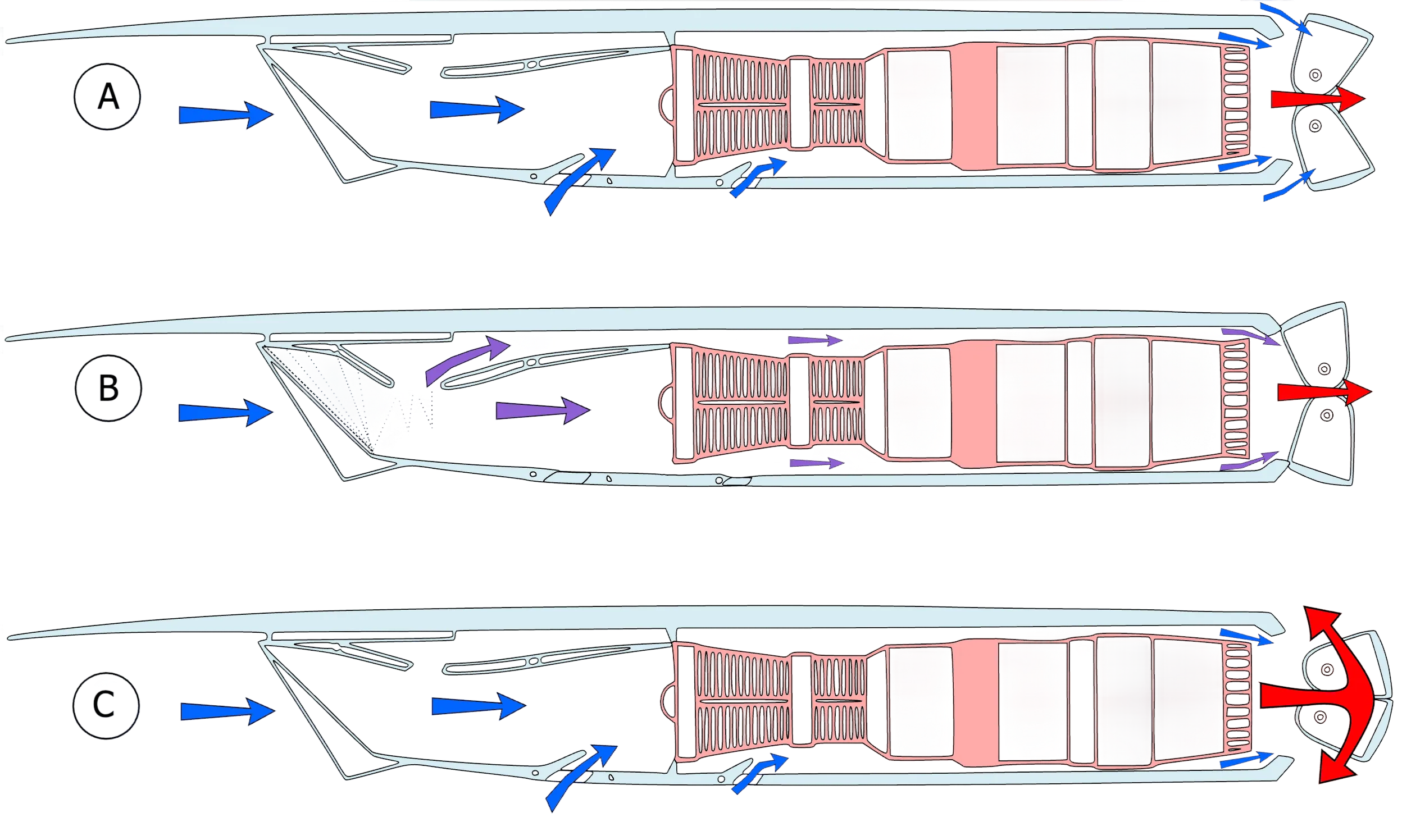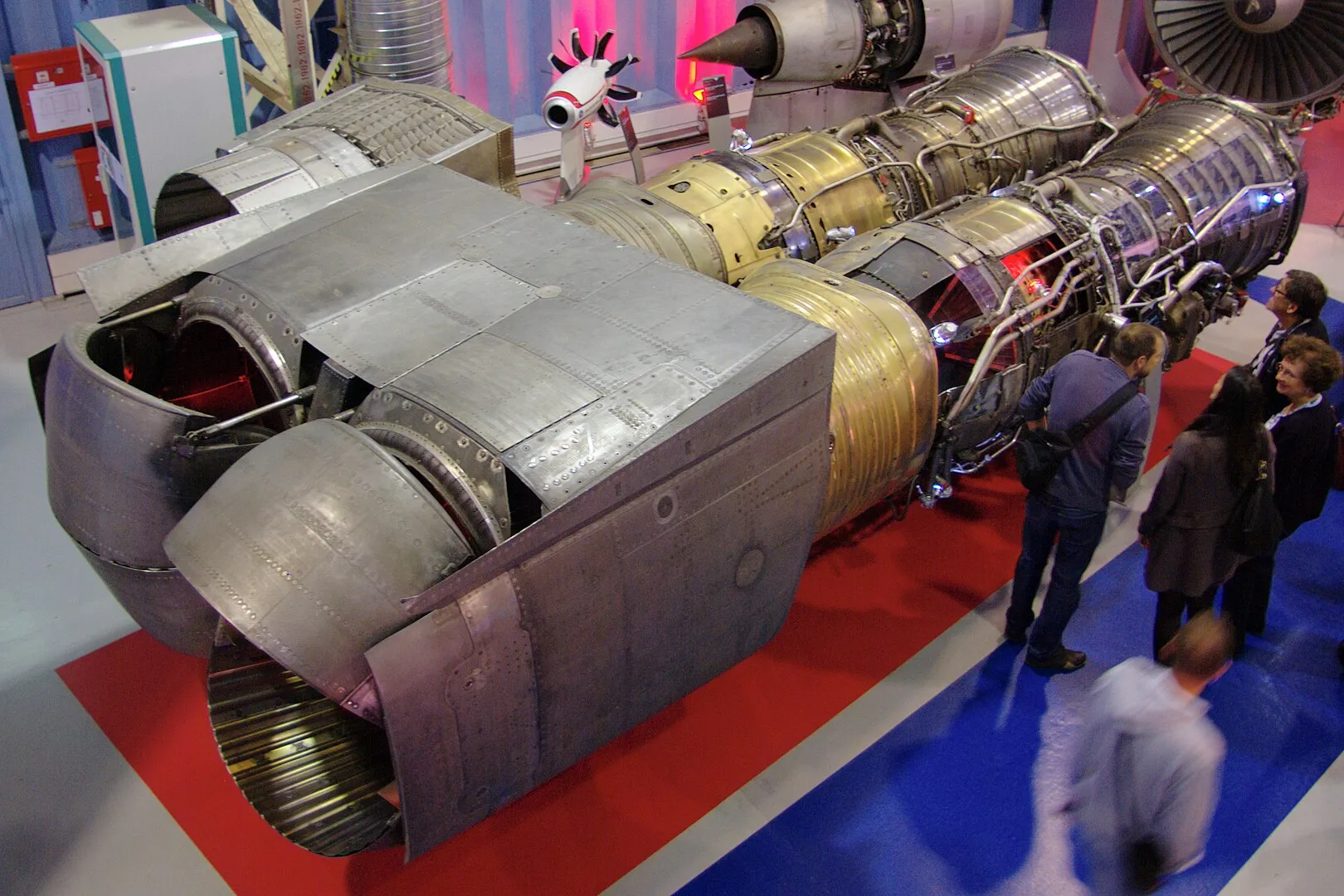DALLAS — The Olympus 593 was the soul of Concorde, its heartbeat, its muscle, and the force that let it slice through the skies at twice the speed of sound. Without it, Concorde would have been just a beautiful idea on paper.
The Olympus 593 began as bomber technology but was later upgraded for supersonic flight. The engineers focused on speed over comfort or fuel efficiency. And it worked. Concorde cut through the sky like nothing else at the time.
How the Olympus 593 Was Born
The Olympus 593 actually started its life as a military engine, the Olympus 22R, which was used by the famous Avro Vulcan B.2 bomber. Bristol Siddeley Engines Limited built it first, but Rolls-Royce took over the design in 1966 when they bought BSEL. Rolls-Royce teamed up with Snecma in France to turn that bomber engine into a commercial engine.

Rolls-Royce designed most of the engine parts, like the compressors, turbines, and combustion system. Snecma worked on the afterburners, which may seem odd because passenger jets don’t usually have those.
Concorde’s afterburners kicked in during takeoff and at supersonic speeds, giving it the extra push it needed without requiring super-long runways. Snecma also designed the exhaust nozzles, variable intakes, and all the systems that made sure the engine ran smoothly.
During development, it was decided that the Olympus 593 would be a pure turbojet instead of a high-bypass turbofan. High-bypass engines are quieter but much bigger, which would have slowed Concorde down with extra drag.
By staying small, the Olympus 593 cut drag and maximized speed. It was noisy, sure, but Concorde’s goal was speed and efficiency at supersonic flight, not a quiet cabin.

Testing and Refinement
The Olympus 593 underwent rigorous testing before entering service with the Concorde. In June 1966, the first complete engine, including its variable-geometry exhaust, was fired up at Melun-Villaroche in France. After that, flight tests started using a Royal Air Force Vulcan bomber as a flying lab.
The Vulcan couldn’t go much past Mach 1 because of its shape, but the engine still pushed out 35,190 pounds of thrust, more than anyone expected. By January 1968, the Vulcan flights had racked up 100 hours.
On 2 March 1969, Concorde prototype 001 took off for the first time under the power of four Olympus 593 engines. After just 4,700 feet (1.4 km) of runway and reaching 205 knots (380 km/h), chief test pilot André Turcat lifted the aircraft into the air, marking the start of Concorde’s supersonic journey.

Variable-Geometry Air Intakes
Concorde’s variable-geometry air intake was a major technical innovation. At both subsonic and supersonic speeds, the intakes had to deliver air at just the proper pressure and with minimal distortion to prevent engine surges or compressor stalls. Moving ramps and bleed systems slowed, compressed, and cleaned the airflow before it reached the compressors, achieving an intake pressure ratio of 7.3:1 at Mach 2 cruise.
A. Takeoff:
At takeoff, the engines need the most air. The intakes direct all the air into the engines, and special doors open to let in extra air. This ensures the engines get enough power to lift the plane safely.
B. Climb / Noise Abatement:
After takeoff, the plane reduces engine power to keep noise down. Some intake doors stay partially open to control the airflow smoothly. As the plane speeds up past the speed of sound, these doors gradually open fully to help the engines work efficiently.
C. Supersonic Cruise:
When flying at Mach 2, the air is compressed and heated before entering the engines. This helps the engines run more efficiently, but it requires special engine materials that can withstand the heat. Computers constantly adjust the intake ramps to keep airflow steady and match the engine’s power needs.
D. Landing:
After landing, most intake doors and flaps are fully open to manage airflow while the plane is on the ground safely.
All of this was handled by one of the world’s first digital engine control systems—basically, Concorde’s electronic brain. It continuously read data from sensors on her nose and automatically adjusted the intake ramps to keep everything running just right. It wasn’t as advanced as the complete FADEC systems used in modern jets. Still, for its time, it was revolutionary—an innovative system that kept the engines stable, efficient, and silky-smooth from takeoff to Mach 2.

Variable Exhaust Nozzles. Photo: Duch/CC BY-SA 4.0
Variable Exhaust Nozzles
Just as the Olympus 593 featured variable-geometry intakes to manage airflow into the engines, it also had variable exhaust nozzles. These nozzles could adjust their shape during different flight phases. During takeoff, they opened wider to allow maximum thrust from the afterburners.
At supersonic cruise, they narrowed to optimize exhaust flow and maintain efficiency. This clever design helped Concorde reach Mach 2 speeds while maintaining smooth, efficient engine performance throughout all phases of flight.
Performance in Service
When Concorde finally entered service, the Olympus 593 showed what it was truly made of. It wasn’t just powerful, it was dependable, even under the extreme conditions of supersonic flight. Each engine generated around 38,000 pounds of thrust at takeoff and about 27,000 pounds during cruise at Mach 2 and 51,000 feet.
The afterburners were used only during takeoff and during breaking the sound barrier, giving Concorde enough extra power to use regular runways without requiring any significant changes. The Olympus 593 had a two-spool turbojet setup that maintained airflow at supersonic speeds, while its small diameter reduced drag.
Surprisingly, the Olympus 593 was also highly efficient once it hit cruising altitude. At Mach 2 cruise, it reached around 48% thermal efficiency, one of the best figures ever recorded for a jet engine. But at lower altitudes, the engine burned fuel at an astonishing rate during takeoff and climb, which made Concorde expensive to operate. That thirst for fuel, along with rising costs, became one of the main reasons Concorde never became a common sight in the skies.
Legacy and Impact
The Olympus 593 remains one of the most celebrated engines in aviation history. Technologically, it pushed turbojet design to its limits, demonstrating that a pure turbojet could sustain efficient, reliable operation at Mach 2 for long durations. Its variable-geometry intakes, afterburners, and digital control systems set new standards for precision engineering, influencing later supersonic and high-performance military engines.
.webp)


.webp)
